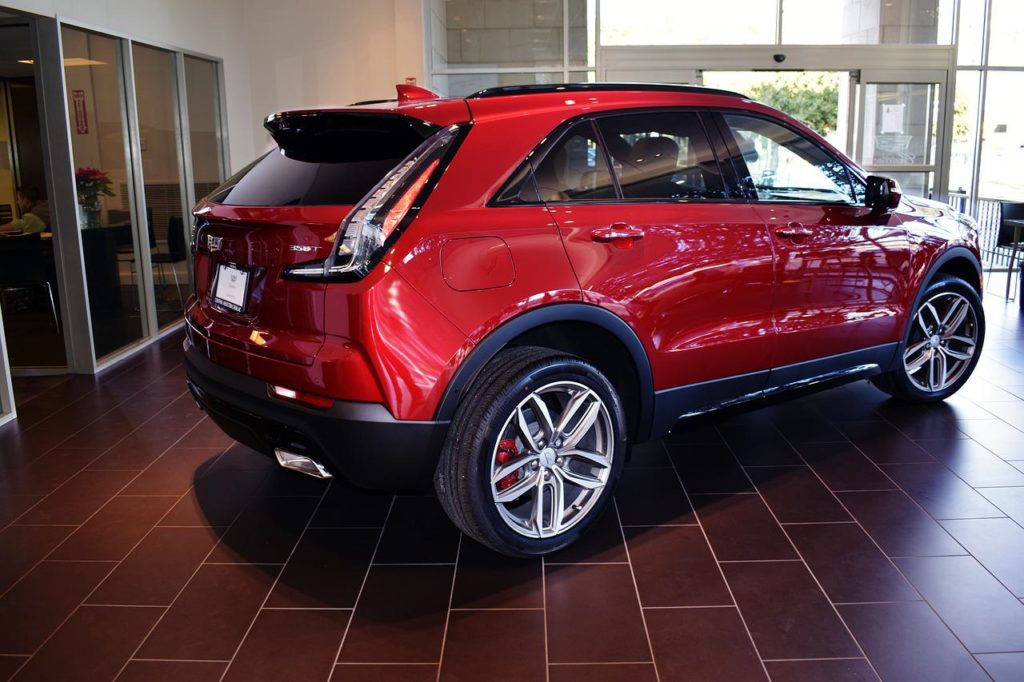Learning to drive will build your confidence, test your judgement and allow you to discover new dexterity you may not have realised you had. But you’ll need to make one crucial decision before you sit behind the wheel; whether to learn to drive a manual or automatic gearbox.
The choice you make will determine the driving license you will receive upon passing the official DVLA driving test. The licence will possibly restrict the types of vehicles you can drive in the future, so this isn’t a decision made lightly. It also has a distinct set of financial impacts that we’d like to draw attention to in this Financial Expert article.
To help you make your own choice, we’ll summarise the advantages and drawbacks of opting for the automatic gearbox.
Advantages of learning to drive in an automatic
- Easiest to learn
An automatic vehicle is unquestionably the easier version to learn to drive in.
Manual cars have three pedals, compared to the two pedals in an automatic car. The additional pedal operates the clutch, and needs to be depressed when changing gears.
Then there’s the challenge of choosing the correct gear when speeding up, slowing down or turning a corner. The gear stick requires the use of one hand (typically your weaker arm) when changing gears
- Higher pass rate
As a natural consequence of an automatic car being simpler to drive, you’ll find fewer issues will try to trip you up when you are sitting in the hot seat, taking the driving test.
Driving in inappropriate gear, repeatedly stalling at junctions or grinding the gears of your car could all earn you minor errors in the manual driving test and result in a fail. These issues aren’t applicable in an automatic car, so you’ll never fall foul of these issues.
Fortunately, automatic cars don’t come with alternative ways to fail. The auto test simply contains fewer possible ways to fail.
If you’re nervous about the prospect of passing a test and wince at the idea of failing multiple times in a row, you’ll be encouraged by the idea that you’re sitting the easiest edition. You’ll save money if you can pass your driving test sooner by finding an earlier test in a driving test cancellations, with fewer lessons and minimal resit attempts, as each lesson can cost as much as £30, and sitting the test will set you back £75.

- Safer
Automatic cars deliver safer driving outcomes for drivers, passengers and other road users. This view is supported by the RAC and the AA.
That’s because a driver who isn’t preoccupied with changing gears can pay more attention to the road and surroundings.
Furthermore, a driver who can keep both hands on the wheel and remain in the appropriate gear can steer around an obstacle or accelerate out of a dangerous situation.
Disadvantages of learning to drive in an automatic
- A larger investment is needed
The financial position is rather clear; automatic cars cost slightly more than those with a standard manual transmission. Therefore, with a driving license that limits you to automatic vehicles, you are being forced into spending more on your car.
Although hatchbacks such as the Toyota Yaris can be ordered with an automatic transmission, it’s generally larger (and therefore more expensive) marques that include automatics in their range.
Automatic models tend to hold their value well in the few first years of ownership because this is a desirable option. This means that the depreciation you may experience could actually be lower than the manual option.
Automatic gearboxes are also very complicated components and are more expensive to repair, so you’ll want to ensure that you have suitable coverage under a manufacturer or third-party warranty in case this part breaks down. For this reason, you’ll find that learner drivers insurance will be cheaper on manual models compared to their automatic variant, so it’ll be worth budgeting for this essential expense.
Although the expense of owning an automatic car is higher, it’s ultimately a higher quality piece of engineering and provides a smoother and more relaxing driving experience.
- Restrictions on car ownership
As the proud owner of a manual driving license, you are legally allowed to drive any standard vehicle on the road. Automatic licenses are far more restrictive.
This may impact you when you need to borrow a family member’s car, rent a vehicle abroad or choose your own vehicle to buy.
Many self-confessed petrolheads claim that manual transmissions are worth the effort, as they make the act of driving more engaging. They help the driver feel at one with the car they’re driving, whereas an automatic can result in the driver feeling very disassociated from the engine and road.
We should point out however that this particular disadvantage is waning in strength with each year that advances because of the rise of electric vehicles. Self-charging hybrids, plug-in hybrids and battery-electric vehicles are always automatic because a manual gearbox isn’t necessary when delivering electric power into the driveshaft.
The UK Government has announced a target to bring in legislation that will outlaw the sale of any new petrol or diesel vehicles from 2030. This means that the only vehicles off-limits to automatic licence holders are going extinct in just a few years.
In the future, manual licences will be seen as an antiquated distinction as virtually nobody will actually use a gearstick and clutch.